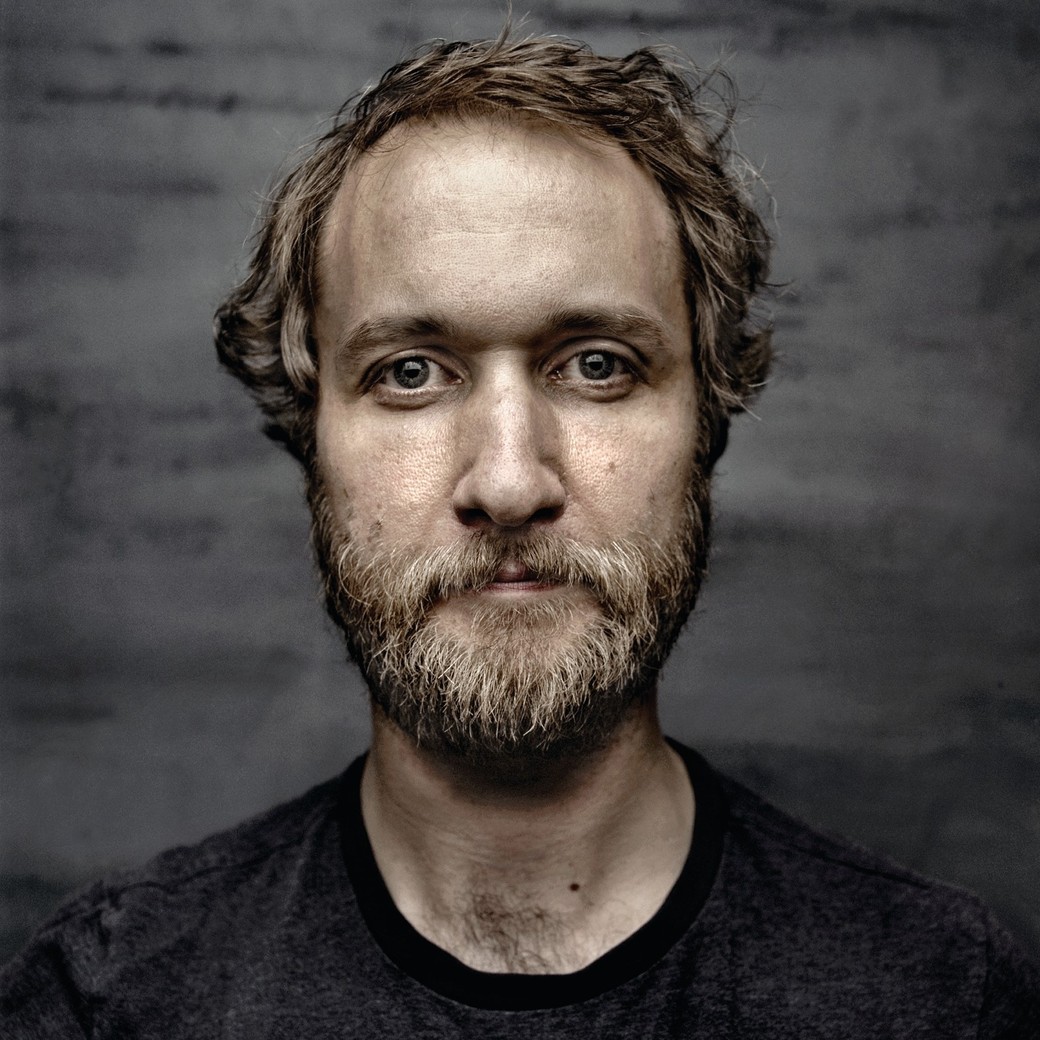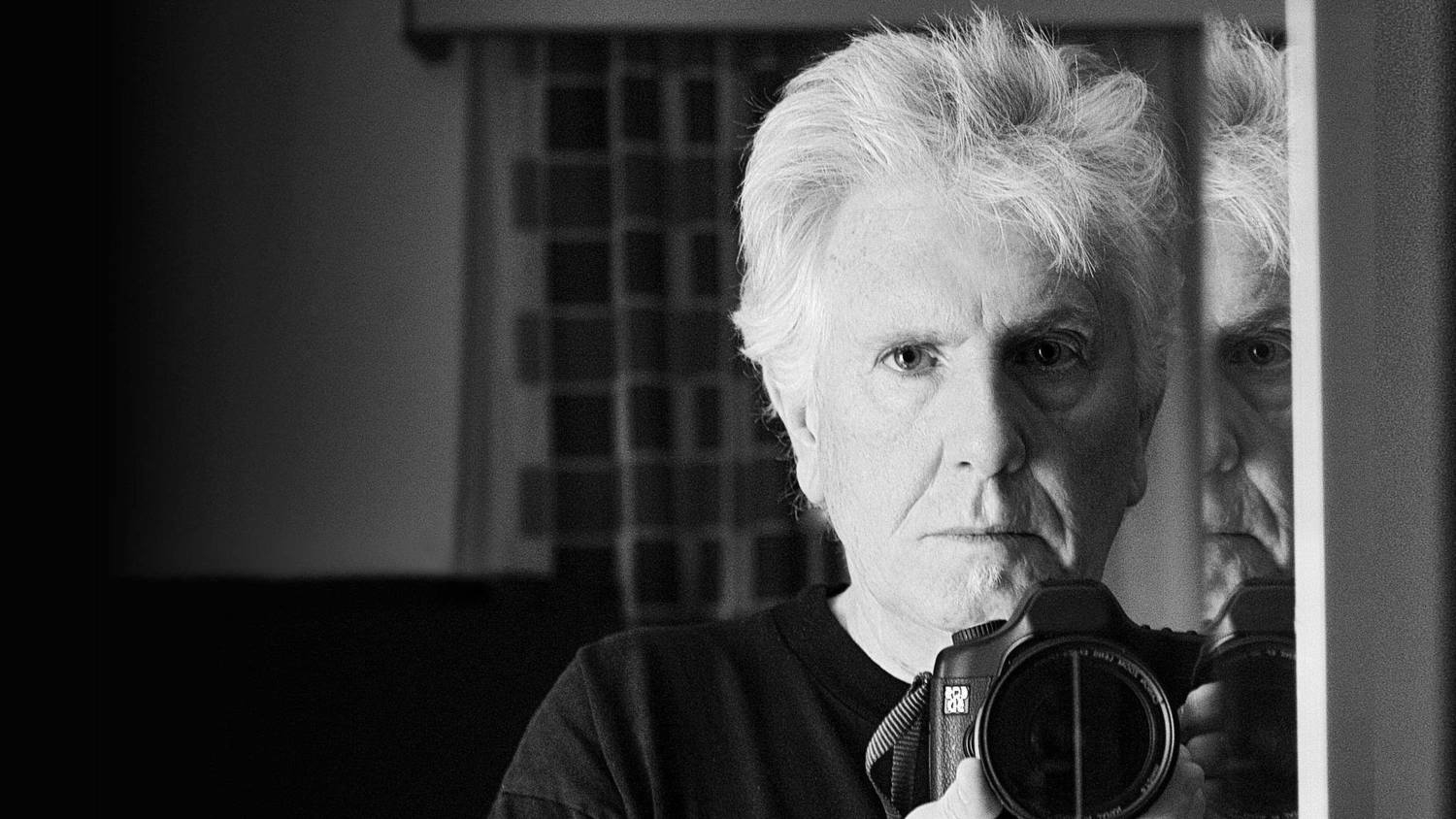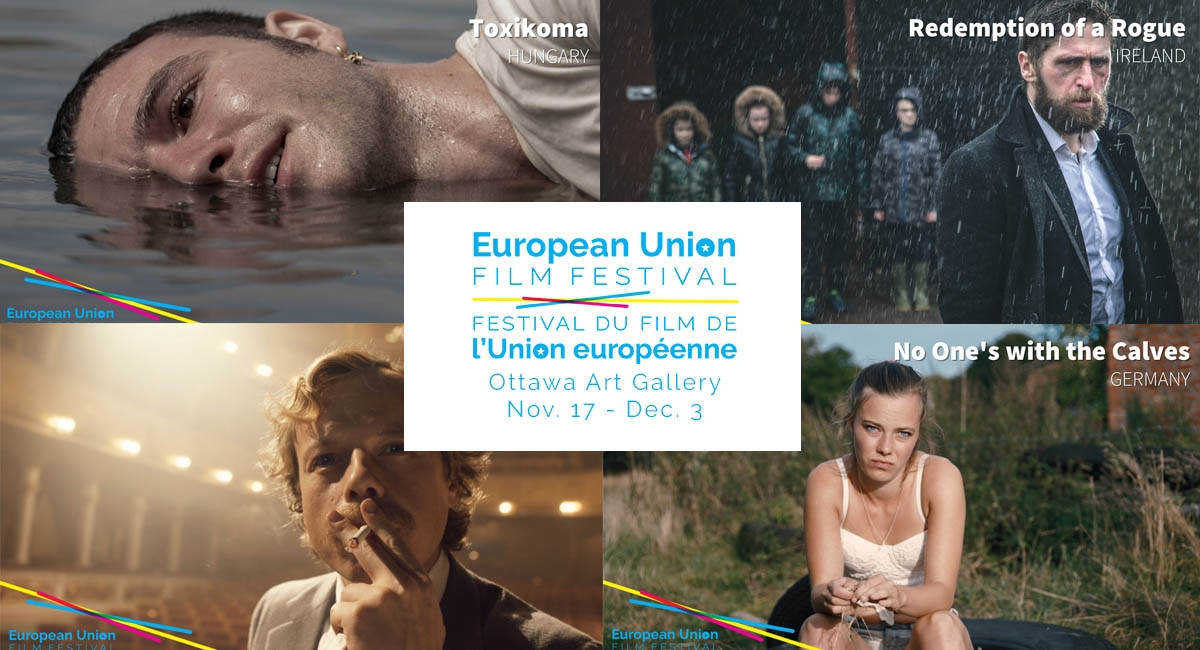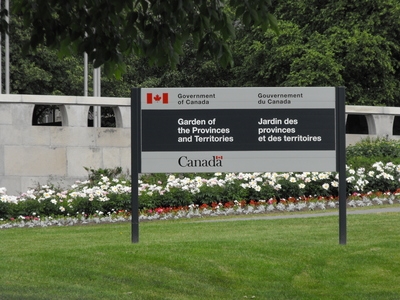
A Most Appropriate Canadian Memorial
By Benjamin Gillies
Two years ago, the Government of Canada endorsed the creation of a new national monument to the victims of Communism, and a prominent location was selected for the structure in the Garden of the Provinces and Territories across from the Library and Archives Canada building in downtown Ottawa. Despite this federal support, however, the group behind the initiative has since had trouble raising the required $1.5 million in private funding for the project. To date, the organization, known as Tribute to Liberty, has received only around $140,000 in donations, almost all of which has been eaten up in administration costs. Due to this poor showing, the charity applied to Citizen and Immigration Canada for a grant of $750,000, to kick-start a renewed fundraising drive.
Not surprisingly, project coordinators are disheartened by the lack of incoming funds, noting that at this rate it will be years before anything gets built. While the federal government considers the request for public dollars, Canadians should use this time to reflect on how best to proceed with the construction of a new monument.
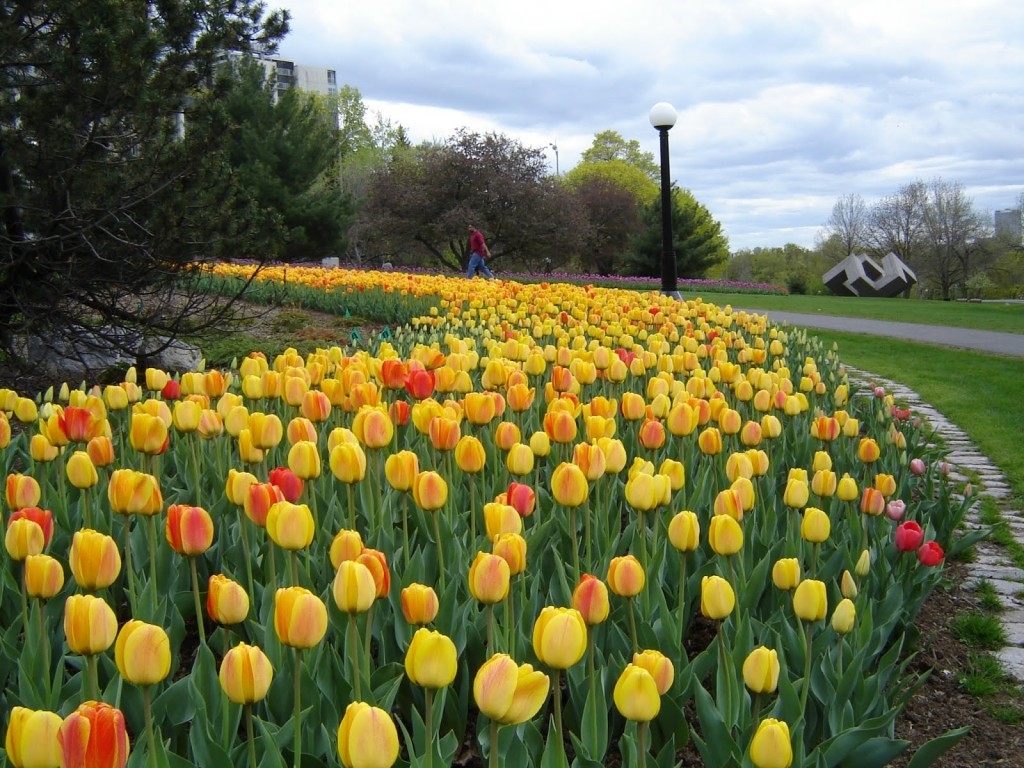
A national memorial, of course, is more than just a sculpture. It is a symbol—of an event or person worth remembering, or an ideal to be strived for. A national memorial unifies a nation in proclaiming the value of whatever is memorialized as deserving of commemoration for generations to come. The establishment of any monument, therefore, should not be made lightly, but carefully planned to appropriately recognize past circumstance and encourage the establishment of a better future.
Undoubtedly, those who suffered at the hands of Josef Stalin and others like him deserve to be remembered. Millions of men, women and children were killed due to the measures imposed by the Soviet regime and other national governing parties throughout the past century. Yet modern history has, sadly, left us with countless similar instances where innocent people lost their lives or dignity because of the actions of others.
From the 16th to the 19th centuries, 12 million people were shipped as slaves to the Americas—including Canada until the early 1800s—and forced to work under brutal conditions until death. In the 20th century, leaders of various political stripes murdered and tortured their people. Military dictators and revolutionaries in Latin America struck down citizens in the millions, while the Middle East, Asia, and Africa have also seen their share of oppression. According to Human Rights Watch, during the 1994 Rwandan Genocide, for example, the Hutu-dominated government killed over 800,000 Tutsis—about 16% of the Rwandan population at that time—in just 100 days.
Though it is impossible to accurately calculate statistics on racial or social intolerance more generally, the number of victims would undoubtedly be in the millions. Native people in the Americas, Asia, Africa and Australia were killed or interned repeatedly over hundreds of years of colonial rule. Globally, men and women continue to be abused because of their gender, skin colour, sexual orientation or religious beliefs. Indeed, it would be difficult to find even one country that has not dealt with some form of persecution inflicted on a group of its people simply for being different.
Whether 10 people or 10 million, those who suffered in all these tragedies are equally deserving of tribute. Unfortunately, this is impossible. Any city would be overwhelmed if it attempted to erect a monument for each and every human-induced disaster of the recent past. When looking to memorialize these stories, therefore, we are forced to become selective. We must choose which atrocities on this depressingly long list are most appropriate for Canadian commemoration. As such, we perhaps ought to turn to our own past first, by building a cenotaph for the victims of colonialism or slavery, prior to looking outward and erecting a memorial to the victims of Communism. In fact, with the Government of Canada recognizing its role in the development of residential schools in 2008, a permanent monument acknowledging this dark chapter of our history could be quite fitting.
Because the horror of humans inflicting pain and suffering on other humans is ubiquitous in history, however, there is an even more appropriate approach for Canadians to consider—one that would respect the casualties of our own past, as well as those who have fallen around the world. Instead of trying to decide which events are worthy of commemoration, and which are not, we could erect a single monument in Ottawa: the Canadian “Memorial to the Victims of Crimes Against Humanity.” Unlike tributes to individual injustices, which are inherently discriminatory in that they denote a higher value to the causes that are recognized than the ones that are not, this encompassing entity would appropriately pay homage to all who have suffered at the hands of others. Furthermore, it would emphasize that ultimately it is not ideas that cause suffering, but the decisions and actions of those who wield them.
Done in such an unbiased manner, this uniquely Canadian monument could unite us behind a denunciation of all forms of malicious discrimination, despotism and tyranny. It could become a symbol of humanity’s common compassion in the pursuit of honest debate, thoughtful reflection and universal social justice. If there is one thing we could use more of these days, it is a focus on what bonds us as a species. Instead of providing funding for a memorial devoted solely to the victims of Communist regimes, Ottawa should endorse the creation of a Memorial to the Victims of Crimes against Humanity as a small but meaningful Canadian contribution to such an objective.
Benjamin Gillies is a political economy graduate from the University of Manitoba, where he focused on urban development and energy policy. He works as an urban development consultant in Winnipeg.


